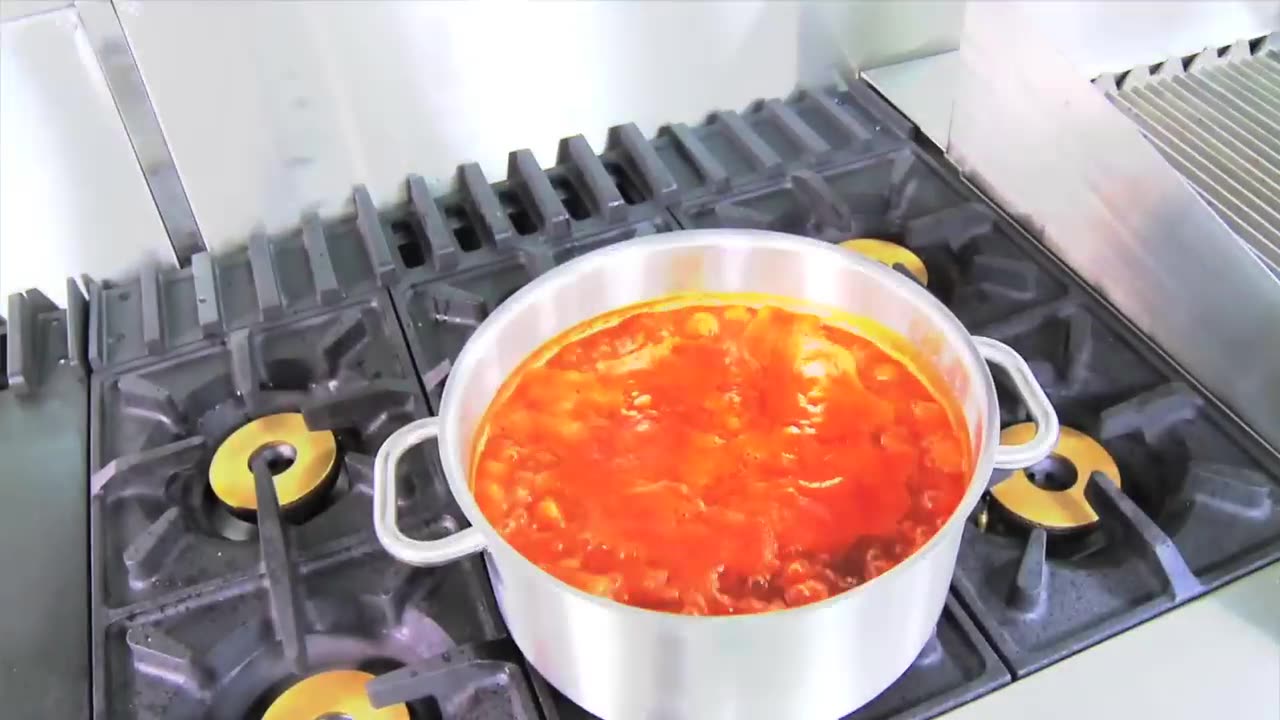Premium Only Content

Food safety coaching (Part 10)_ Reheating
### **Food Safety Coaching (Part 10) – Reheating Food Safely**
Reheating food safely is essential to prevent foodborne illnesses caused by bacteria that may have grown during storage. Proper reheating ensures food is not only safe to eat but also retains its taste and texture. Here’s how to reheat food safely and effectively:
---
### **Why Safe Reheating Matters**
1. **Destroys Harmful Bacteria:**
- Proper reheating brings food to temperatures that kill bacteria like **Salmonella** and **Listeria**.
2. **Restores Food Quality:**
- Ensures food is palatable, avoiding uneven heating or cold spots.
3. **Prevents Food Waste:**
- Safe reheating practices ensure leftovers can be consumed without risk.
---
### **Key Guidelines for Reheating Food Safely**
#### **1. Reheat to the Correct Temperature**
- All foods should be reheated to **75°C (165°F)** or until steaming hot throughout.
- Use a **food thermometer** to check the temperature in the thickest part of the food.
#### **2. Reheat Food Only Once**
- Avoid reheating food multiple times, as this increases the risk of bacterial growth.
- Only take out the portion you plan to eat and reheat it.
#### **3. Stir and Rotate Foods**
- Stir soups, stews, and casseroles frequently during reheating to ensure even heating.
- For microwave reheating, rotate the dish or use the turntable to eliminate cold spots.
#### **4. Use Suitable Equipment**
- **Microwave:** Cover food to trap steam, ensuring it heats evenly. Allow standing time after reheating to let the heat distribute.
- **Oven:** Preheat the oven and reheat food in an oven-safe dish. Use foil to cover the dish to retain moisture.
- **Stovetop:** Reheat liquids, soups, and stews until they boil. Stir frequently for even heating.
- **Grill or Toaster Oven:** Ideal for reheating foods that need crisping, such as pizza or baked items.
#### **5. Avoid Partial Reheating**
- Never partially reheat food. Always ensure it is heated thoroughly to the safe temperature of 75°C (165°F).
---
### **Specific Foods and Reheating Tips**
#### **1. Soups and Stews**
- Bring to a rolling boil for at least **one minute** before serving.
#### **2. Rice**
- Reheat leftover rice thoroughly. Improper reheating can allow spores of **Bacillus cereus** to survive and cause illness.
- Ensure rice is steaming hot all the way through.
#### **3. Meat and Poultry**
- Slice larger cuts of meat into smaller pieces for quicker and more even reheating.
- Avoid overcooking, which can dry out the meat.
#### **4. Pastries and Breaded Foods**
- Use an oven or toaster oven to restore crispness. Avoid microwaving as it may make them soggy.
#### **5. Frozen Leftovers**
- Thaw frozen leftovers in the refrigerator, microwave, or under cold running water before reheating.
- Reheat immediately after thawing to prevent bacterial growth.
---
### **Common Mistakes to Avoid**
1. **Skipping Temperature Checks:**
- Guessing that food is hot enough can lead to unsafe reheating. Always use a thermometer.
2. **Reheating Food Unevenly:**
- Cold spots, especially in microwaved food, can harbor bacteria. Stir and rotate during reheating.
3. **Leaving Food at Room Temperature Too Long:**
- Reheat food immediately after removing it from the fridge. Do not let it sit in the "danger zone" (5°C–63°C) for more than two hours.
4. **Reheating Food in Unsafe Containers:**
- Use microwave- or oven-safe containers. Avoid reheating in plastic not labeled "microwave-safe" as it may release harmful chemicals.
---
### **Key Reminder**
- Proper reheating ensures leftovers are both safe and enjoyable to eat. Always prioritize even heating, correct temperatures, and safe handling practices.
Would you like specific tips on reheating a particular type of food or using certain equipment?
-
 20:24
20:24
HSESafetyInformation
2 months agoKABULI PULAO RECIPE - Original 40+ KG Afghani Meat Pulau Prepared - Street Food Qabili Plav Recipe_2
27 -
 LIVE
LIVE
Akademiks
3 hours agoDay 9/30. Shannon Sharpe Own Homies Turning They back on him? Uzi Rushed to Hospital? Lil Durk Bond
2,417 watching -
 37:50
37:50
Friday Beers
17 hours ago $0.28 earnedWho Died in Our First Dungeons and Dragons Battle? (Ft. Almost Friday TV)
10.2K2 -
 LIVE
LIVE
The HotSeat
1 hour agoCollapse of Common Sense: What the Hell Happened to Minnesota?
890 watching -
 11:08
11:08
Talk Nerdy Sports - The Ultimate Sports Betting Podcast
1 hour ago4/24/25 - No One’s Safe: NBA Blowouts, MLB K Bombs, and NHL Kill Shot
5.82K -
 1:04:00
1:04:00
Jeff Ahern
2 hours ago $0.66 earnedThursday thrash with Jeff Ahern!
16.4K -
 1:11:52
1:11:52
Russell Brand
4 hours agoThey LIED About 9/11—Now the Truth Is Leaking Out – SF572
139K125 -
 56:46
56:46
Sean Unpaved
4 hours agoNFL Draft Deep Dive: First-Round Movers & Stars to Watch
36.6K -
 54:38
54:38
Ben Shapiro
4 hours agoEp. 2185 - My Journey To Ukraine and My Interview With Zelensky
55.3K49 -
 1:59:11
1:59:11
The Dilley Show
4 hours ago $15.56 earnedTrump Oval Office, 100 Days Rally and More! w/Author Brenden Dilley 04/24/2025
51.7K5